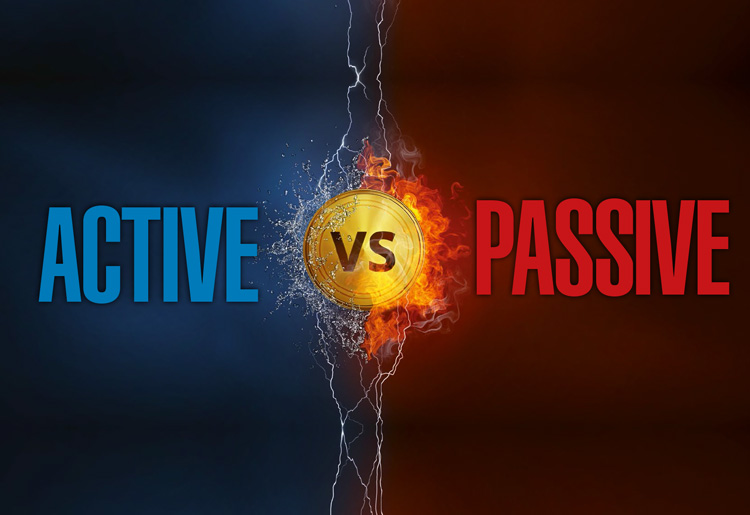By way of scope, this comprehensive report runs to 18 pages and spans some 3,500 unique active and passive US funds, which account for around $10trn in assets. This equates to around 60% of the US fund market. Among key takeaways from these findings, the average dollar in passively-managed funds typically outperforms the average dollar invested in actively-managed funds.
Long-term success rates were found to be generally higher among US small-cap, US mid-cap, foreign-stock and intermediate-term bond funds. They were lowest among US large-cap funds.
Morningstar’s report stated: “Investors would greatly improve their odds of success by favouring low-cost funds, which succeeded far more often than high-cost funds over the long term.”
GROWING DEMAND
Lida Eslami, London ETP head of business development at the London Stock Exchange Group, says that she continues to see growing demand for ETFs, which in part can be attributed to the growing global shift towards passive investments and London’s status as a listing venue. But it’s not an entirely one-way street when it comes to the active versus passive investing debate.
Waverton Investment Management portfolio manager Luke Hyde-Smith says: “Even in the light of an improved stock picking environment, the growth of passive investing continues. Front and centre of this trend is cost, where passive investment has a clear advantage.”
As a caveat, he adds that while cost is important, value is paramount and there remains a place for active management in the current investment environment. “This [though] must be justified through delivering a service, proposition and return profile that adds value.”
In relation to how investors should be looking at the respective strategies to achieve performance and returns, considering the market environment and acting accordingly is certainly prudent. And, by the nature of passive investing, one is not necessarily going to be beat the chosen index benchmark.
“The question is, of course, whether this nascent and noted improvement in out-performance is a counter-trend rally in the long-term decline of [an] active manager’s ability to deliver out-performance, or the beginning of a revival in fortunes for active managers?” Hyde-Smith says. “We would argue the latter and for a number of reasons.”




